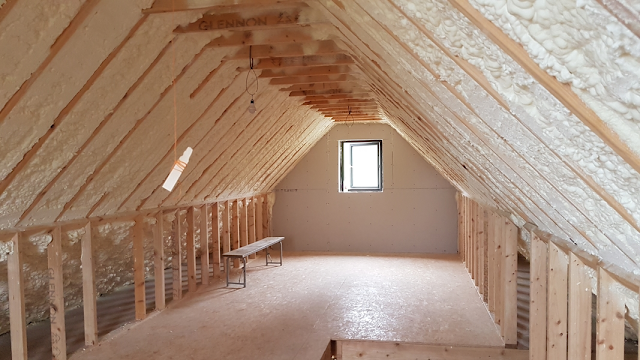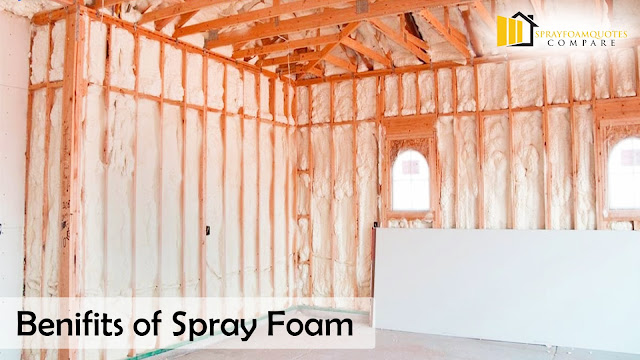What Type Of Spray Foam Insulation Should I Use?
Spray Foam Insulation is regarded as a perfect option for blocking outside air. It can help seal your home against outside air and prevent the entry of moisture in a better way as well.
Which Type Of Insulation Should I Use?
There are two types, in fact, which are Open-Cell
and Closed-Cell Spray Foam Insulation. You can go for Logic Foam: An Open-Celled Form of Spray Foam if you live in a
country with moderate temperature conditions round the year, and not too severe
summers or winters. On the other hand, if you stay in a place with very hot
summers and severely cold winters, Polyurethane:
A Closed Cell Form of Spray Foam Insulation can be a better option to go
for.
What is the Best Type of Spray Foam Insulation?
Spray polyurethane foam is available in various
types of cell structures and densities. Low-density foams are Open Cell SPF
whereas Closed Cell Foam is what higher density foams happen to be regarded as.
In homes and buildings, readily available spray foam insulation with the
highest R-value is 1.8-2 pound polyurethane foam.
In areas where space issues are a problem, Closed-Cell
foam can be the best option for strong insulation. It can offer twice the R-Value
in a regular wall than Open-Cell foam can offer. It is firm in nature, which
makes a building structurally sound. You can also get it in E84 fire-rated
versions.
However, for home insulation purposes today, Icynene
open-cell happens to be the safest kind of spray foam insulation. It does not
have any risk for homeowners or homes. This is the only foam available today,
with IAB, ETA, and BBA certifications.
What Depth of Insulation Do I Need?
Typically, it is advised that open-cell spray foam
insulation thickness should be 3-inches in the walls and 6 to 10-inches on a ceiling
or roof deck. Closed-cell spray foam, on the other hand, needs to be 2 – 3
inches in the walls and 4 – 5 inches on the ceiling.
What Materials Should I Use for My Loft Insulation?
For loft insulation, rigid insulation boards and glass or rock wool are the commonest loft insulation in use. Glass wool comprises rolls or slabs having varied mechanical and thermal properties. The heat and sound insulation properties of Rock wool are amazing.
What Else Could I Use to Insulate My Loft?
You can choose from loft rolls for a cold roof,
picking from glass wool, sheep's wool, mineral wool, or even specialist acoustic
wool – which is known to be amazing for blocking all kinds of noises from the
outside. Loose-fill products can also be used over any already existing insulation.
Spray Foam Product Types: Final Thoughts
When it comes to the type of Spray Foam Insulation
that you need to set up, it actually depends on what kind of requirement you
have and the type of home and surroundings that you live in. If your home is
situated in a place with no harsh weather conditions, the Open-Cell variety can
be enough. Its foam cells are spaced wider. The Closed-cell variety has foam
cells spaced more compactly and can extend better air-sealing and protection
against the weather. If you live in an area that witnesses more extremes of
temperature and climatic conditions, it can be a more appropriate choice.





Comments
Post a Comment